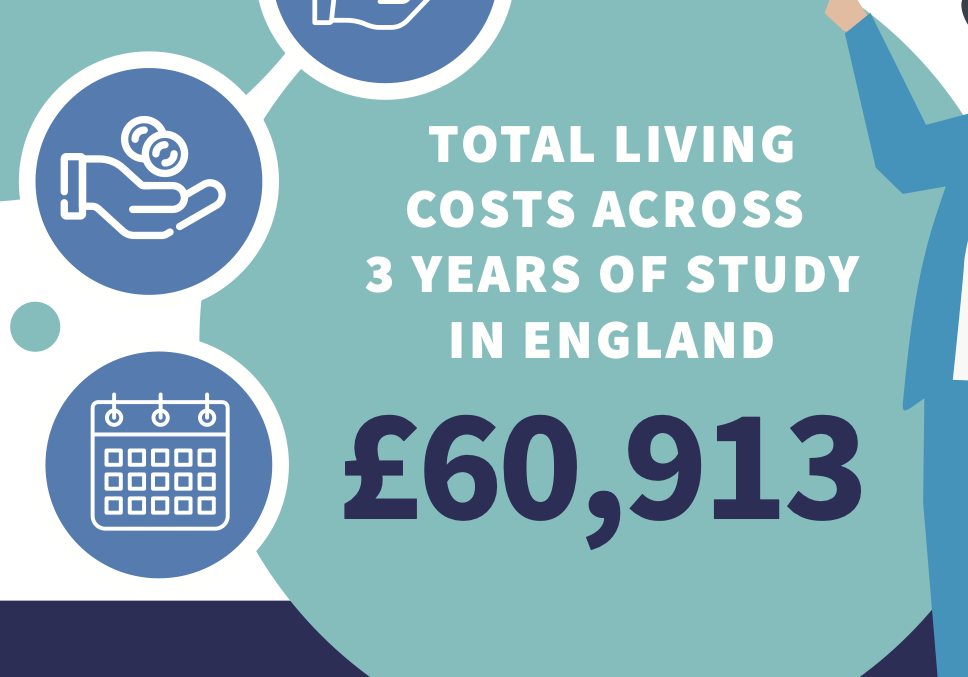Graduation typically brings feelings of jubilation, but with the high cost of living and a competitive job market facing college graduates, students report feeling more anxious about their future prospects.
A recent Student Voice survey by Inside Higher Ed and Generation Lab found that nearly one in five college students say their top stressor is affording life after graduation. A similar share worry that they don’t have enough internship or work experience to be successful.
The survey, fielded in August, includes responses from over 5,000 college students, including 1,000 two-year and nearly 2,000 first-generation college students.
“Stability is really important to this generation of job-seekers,” said Shawn VanDerziel, chief executive officer at the National Association of Colleges and Employers, citing the organization’s own student surveys. “For the last several years, students regularly report to us that, in their first job, the most important thing is stability.”
That means having a reasonable living standard as well as an employer who provides sufficient benefits, work-life balance and assurances against layoffs, VanDerziel said.
Christine Cruzvergara, chief education officer of the job board Handshake, said the trend doesn’t surprise her because it mirrors similar data her organization collected earlier this year, which found that AI, changes to federal policy and a competitive job market are among the factors impeding students’ confidence after graduation.
“The cost-of-living piece is very real,” Cruzvergara said. “That is, anecdotally, something that we do hear from students, even in the four-year space: ‘Everything is so expensive; I don’t know how I’m going to be able to live.’”
Nationally, the American public is feeling strained financially. A recent McKinsey survey found that 45 percent of consumers said “rising prices or inflation” is their top concern; an additional 24 percent pointed to their “ability to make ends meet,” and 19 percent cited job security and unemployment.
“I know no one is going to hire me in an economy like this,” one student at New Mexico State University–Dona Ana wrote in the “other” response option on the Student Voice survey.
The cost-of-living squeeze has pushed more graduates to consider housing and grocery prices when selecting a city to live in.
“In the past, you may have found other things that have risen to the top, like vibrant nightlife, environmental issues, recreation. All those things are still on the list, but cost of living is No. 1 in the minds of graduates today,” VanDerziel said.
Handshake has seen more applicants looking toward smaller markets, or “B-list cities,” for their first destination after college, “because you might be able to get a good enough job that you can actually have the quality of life that you’re looking for at the same time,” Cruzvergara said.
Internships needed: Students’ perception that they lack skills and experience points to a growing need for higher education leaders to provide work-based learning to prepare students for the workforce. Some institutions now guarantee experiential learning or internships as part of their strategic plans, Cruzvergara said.
“I’m pleased to hear that students are concerned about internship opportunities, because that tells me that they are in tune with what’s happening in the world and the fact that employers see internship experience as being the best of everything,” VanDerziel said.
Four-year students are more likely to have enrolled in college directly after graduating from high school, which could explain why this group of students is more likely to fret about their lack of work experience, Cruzvergara said.
“If they didn’t do an internship, or they only did a part-time job in the summer, they might feel as if they’re at a disadvantage because they haven’t been in a more traditional white-collar work environment,” Cruzvergara said.
Older students (25 and up) or those who have worked full-time were less likely to cite anxieties over a lack of work or internship experience, despite being statistically less likely to complete an internship while in college. Handshake data from earlier this year found that about one in eight students have not participated in an internship and do not expect to before finishing their degree, in large part due to time constraints caused by other work or homework, or because they weren’t selected for an internship role.
While some employers value all work equally, others believe it’s important for students to have work experiences specific to their intended professions, VanDerziel said.
A soft landing: College and university career centers can help address some of students’ anxieties about graduation by connecting them to employers the traditional way at career fairs, Cruzvergara said.
“In the face of emerging AI in more industries, roles and sectors, I actually find that what’s become really quite popular again for students in order to get a job or an internship is good old-fashioned networking,” Cruzvergara said.
Attendance at networking and employer-led events hosted on Handshake (either virtual or for registration purposes) has tripled this year, according to the job board’s data.
“I know it’s not new; career centers have been doing this for a long time, but do we need to do it more? Do we need to do it in a different way?” Cruzvergara said.
Colleges should also consider their own departments as employers to host interns.
“The school is a business in and of itself that has all these different functions,” Cruzvergara pointed out. “So how are you creating an internship within your own finance department? How are you creating an internship within your own legal department?”










